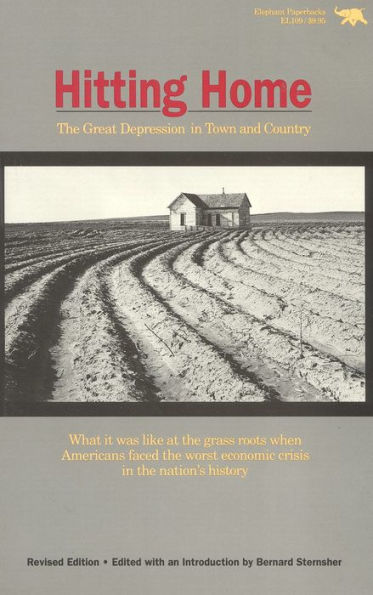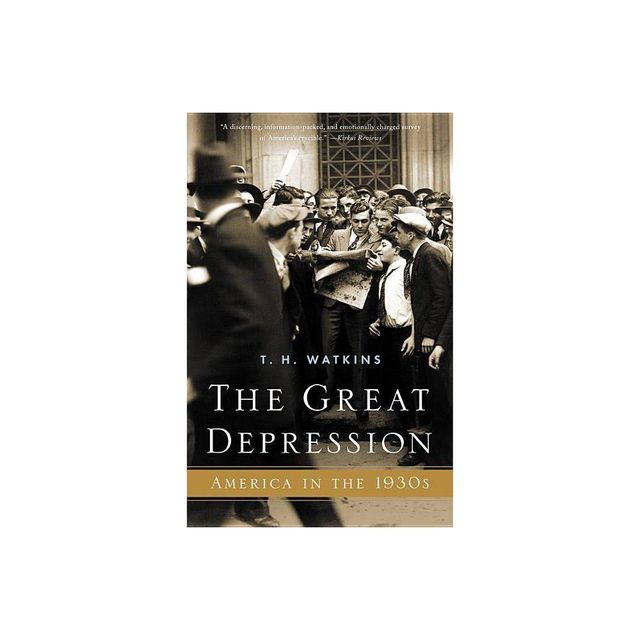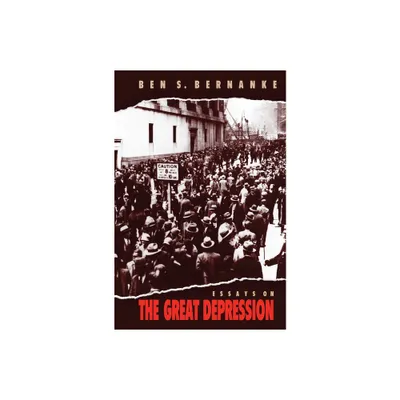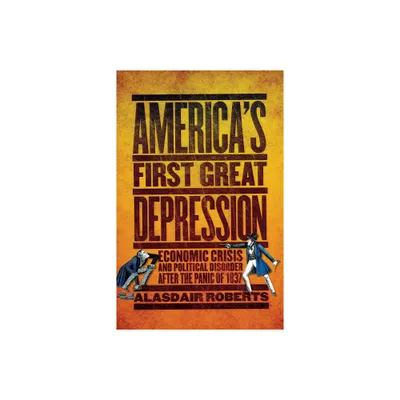Home
Hitting Home: The Great Depression in Town and Country / Edition 1
Loading Inventory...
Barnes and Noble
Hitting Home: The Great Depression in Town and Country / Edition 1
Current price: $9.95


Barnes and Noble
Hitting Home: The Great Depression in Town and Country / Edition 1
Current price: $9.95
Loading Inventory...
Size: OS
*Product Information may vary - to confirm product availability, pricing, and additional information please contact Barnes and Noble
We know a great deal about what went on in the White House and at the federal level to combat the gravest economic crisis in the nation’s history; we know much less about what it was like at the grass roots, in cities, towns, and communities throughout the country.
Hitting Home
is absorbing reading because it describes the problems of the depression on a scale we can all comprehend. Mr. Sternsher has selected twelve historical articles which fill in the local picture in compelling detail—from New York’s Harlem to Orange County, California; from Minneapolis to the Oklahoma Indians. The reader comes away with a real feeling for the immediate problems that the depression created, and an understanding of the difficulties faced by local governments. In a notable introduction, Mr. Sternsher considers how little the people demanded in the face of adversity, and how this inaction squares with the ideas about the American character. And in a new closing chapter, he draws important conclusions about whether people blamed themselves for their troubles. "The emphasis on the local scene is a real breakthrough in our understanding of the depression."—Alfred B. Rollins, Jr.
Hitting Home
is absorbing reading because it describes the problems of the depression on a scale we can all comprehend. Mr. Sternsher has selected twelve historical articles which fill in the local picture in compelling detail—from New York’s Harlem to Orange County, California; from Minneapolis to the Oklahoma Indians. The reader comes away with a real feeling for the immediate problems that the depression created, and an understanding of the difficulties faced by local governments. In a notable introduction, Mr. Sternsher considers how little the people demanded in the face of adversity, and how this inaction squares with the ideas about the American character. And in a new closing chapter, he draws important conclusions about whether people blamed themselves for their troubles. "The emphasis on the local scene is a real breakthrough in our understanding of the depression."—Alfred B. Rollins, Jr.


















